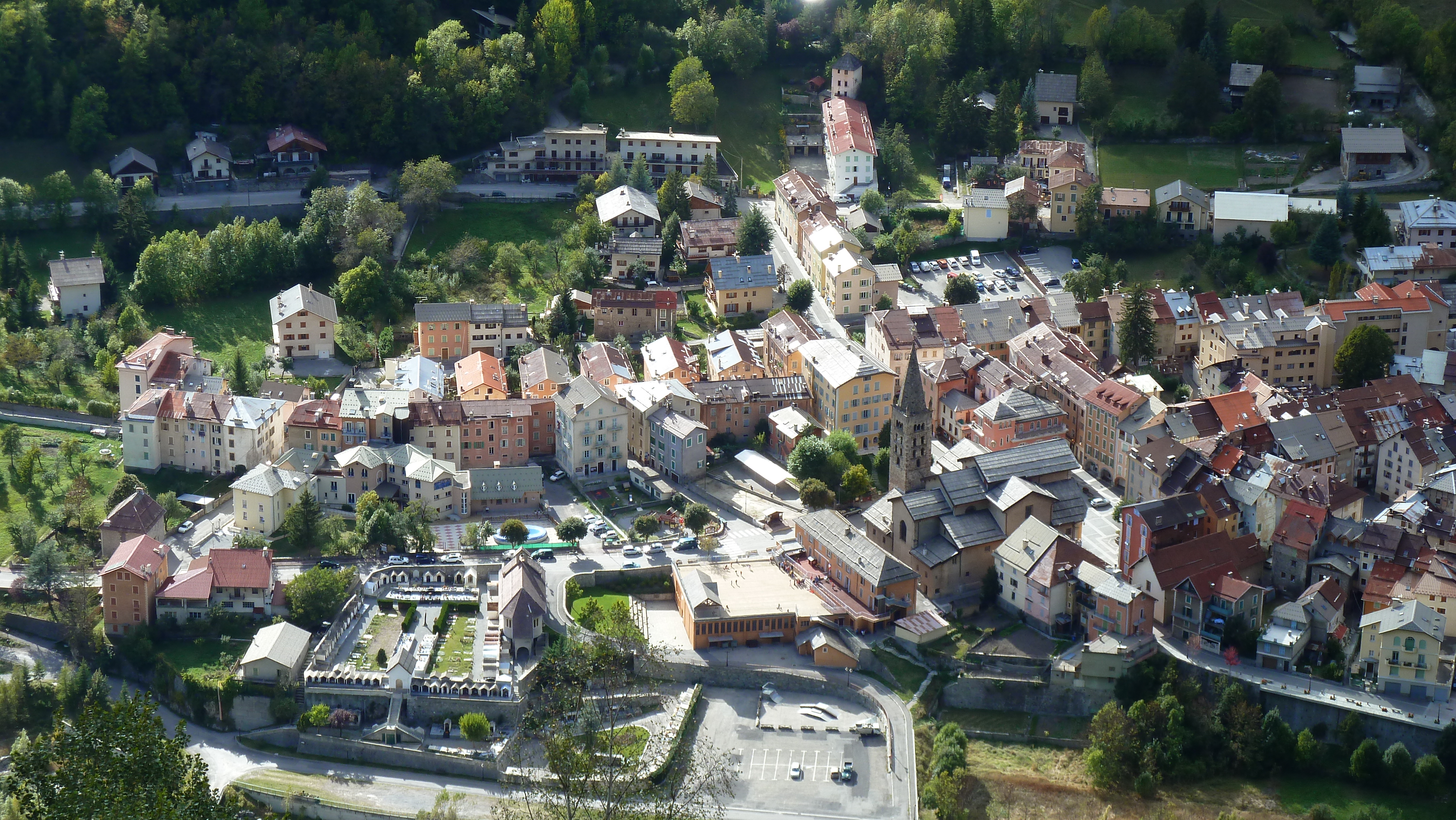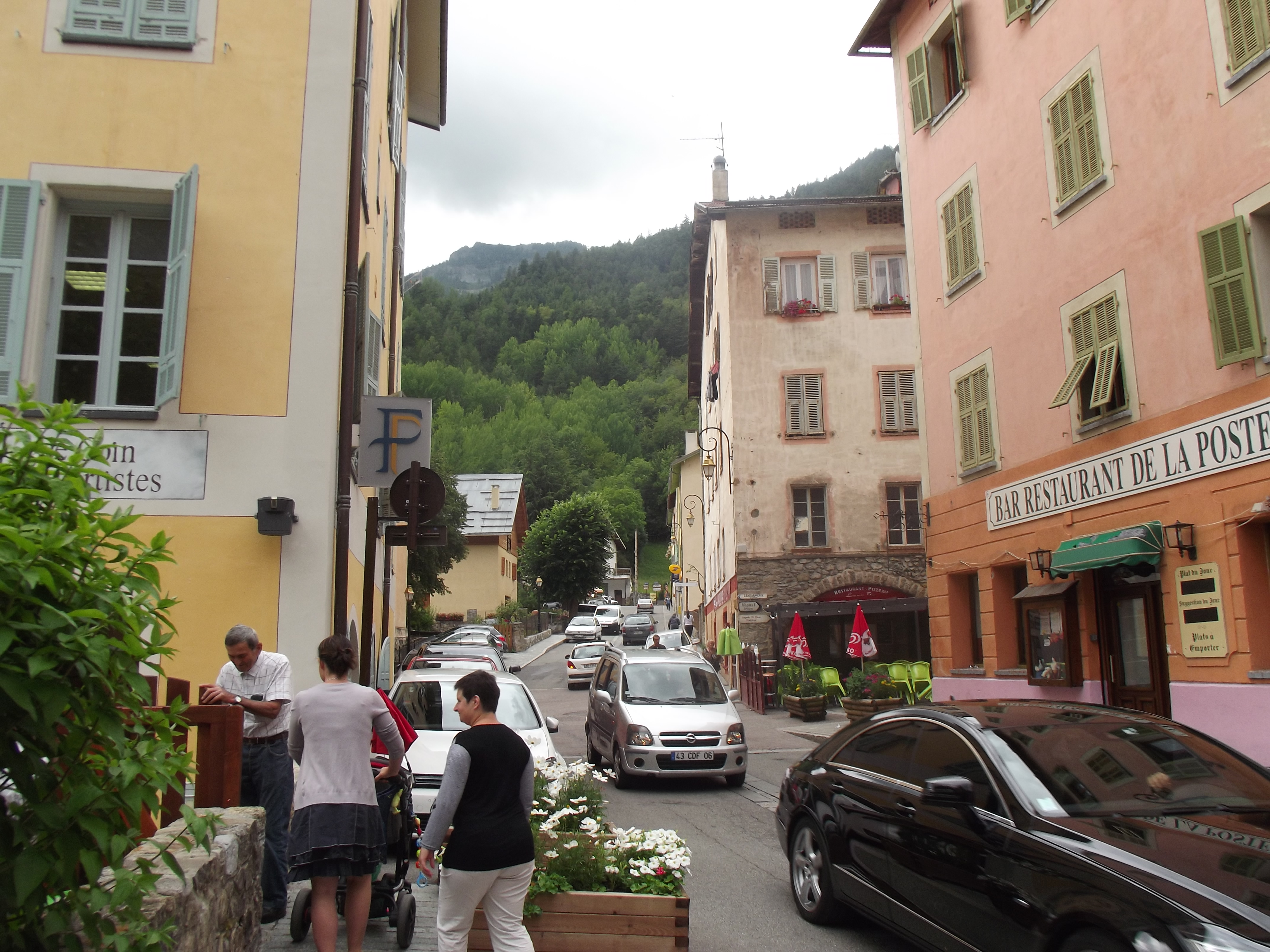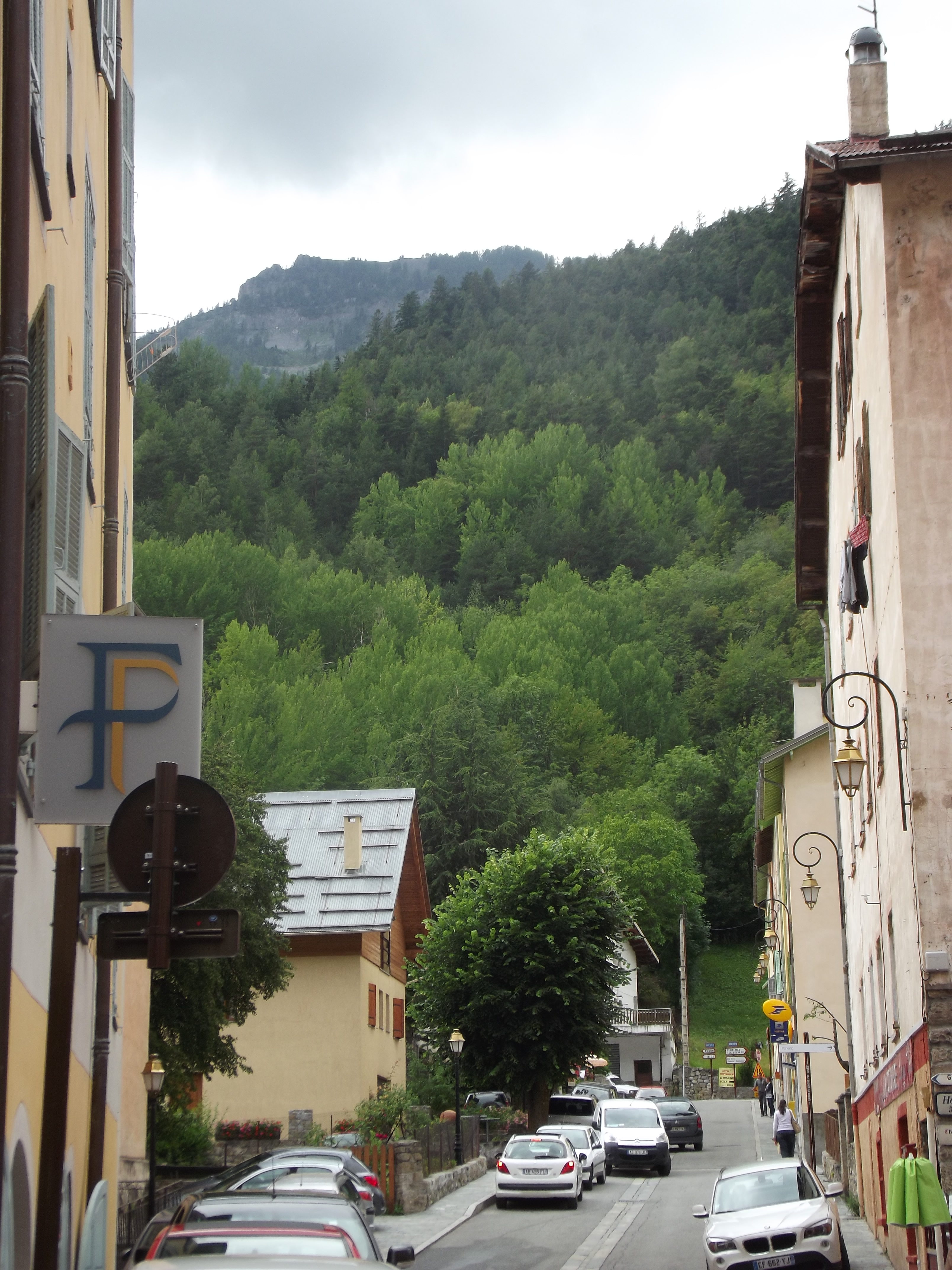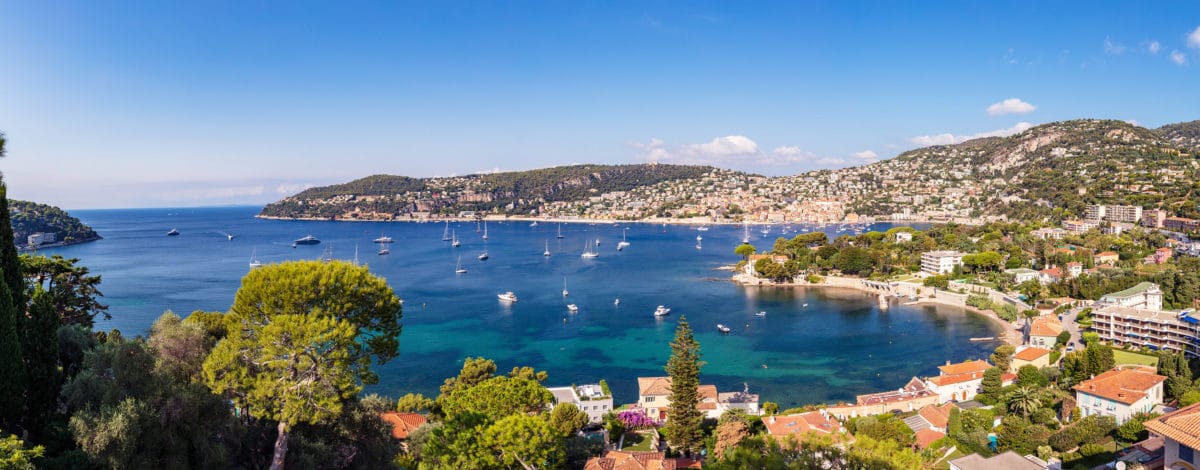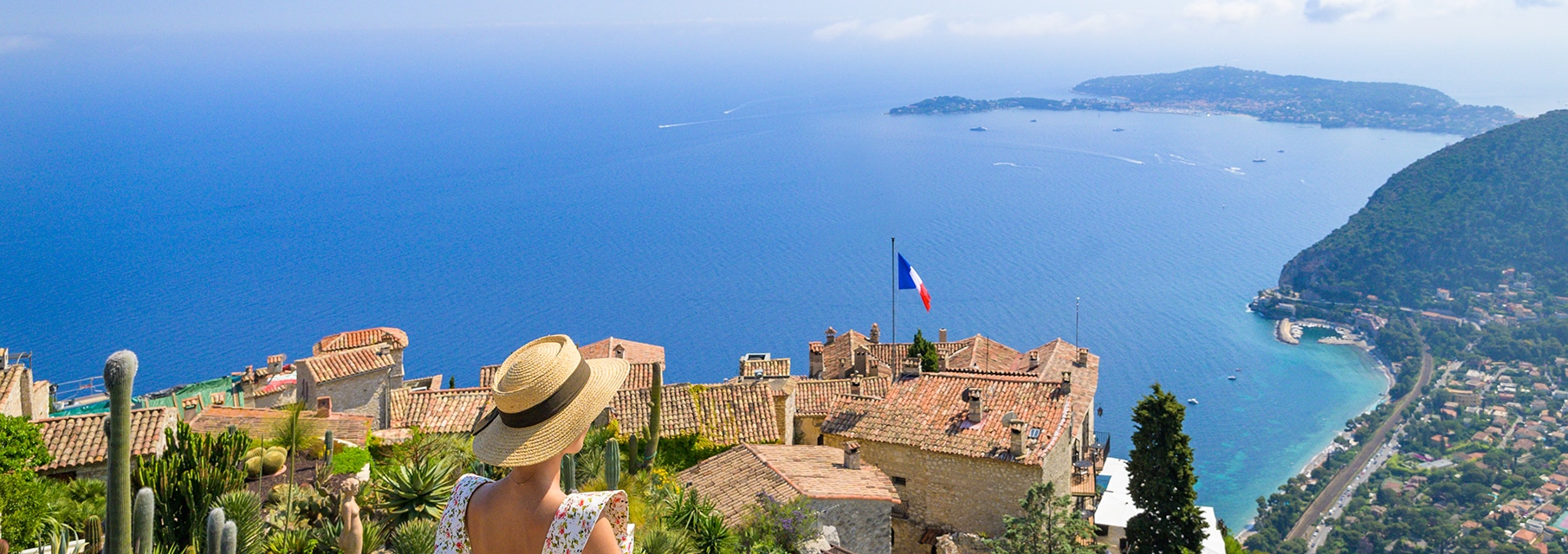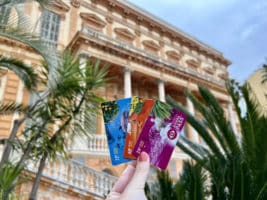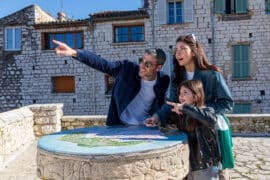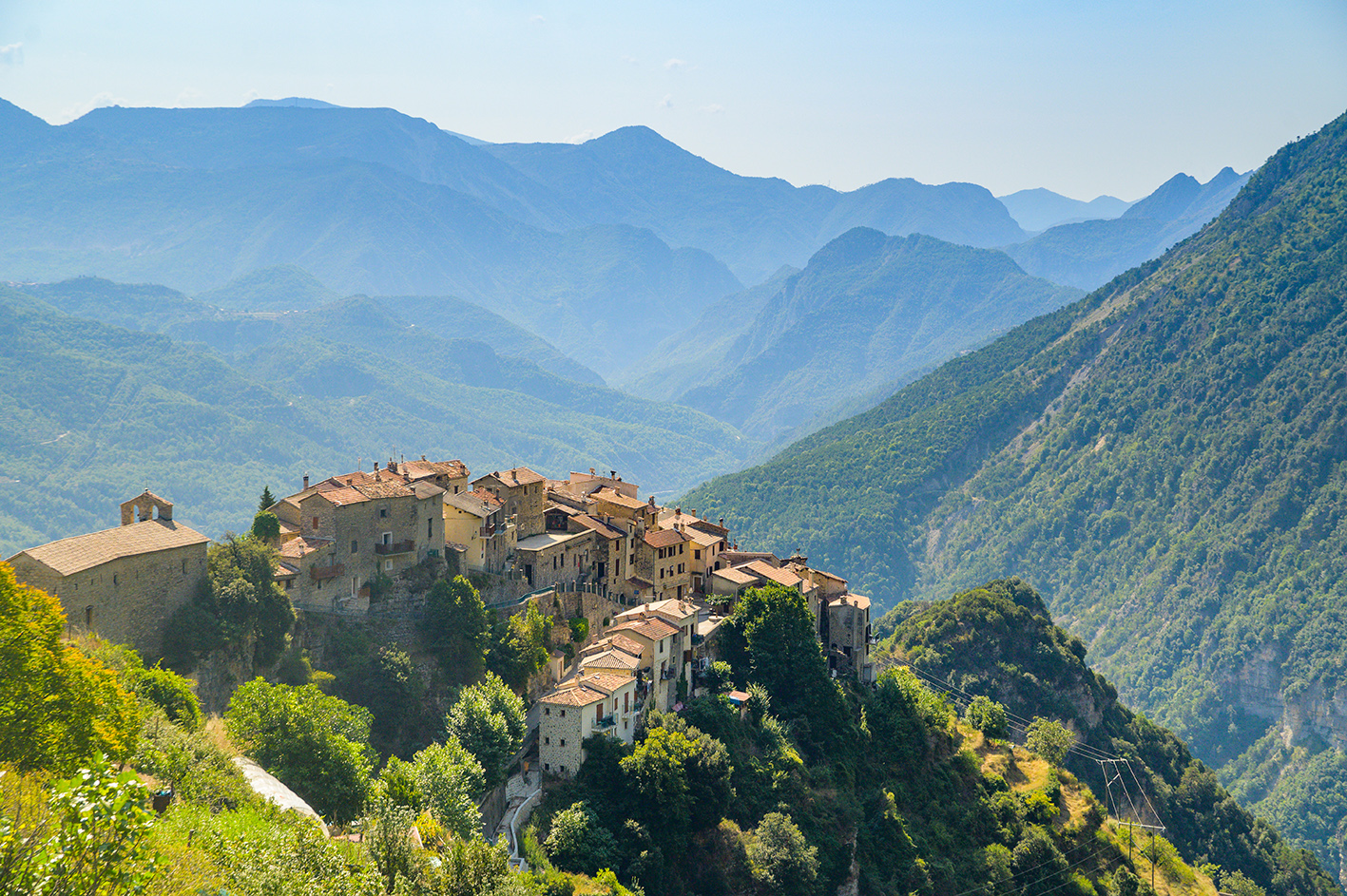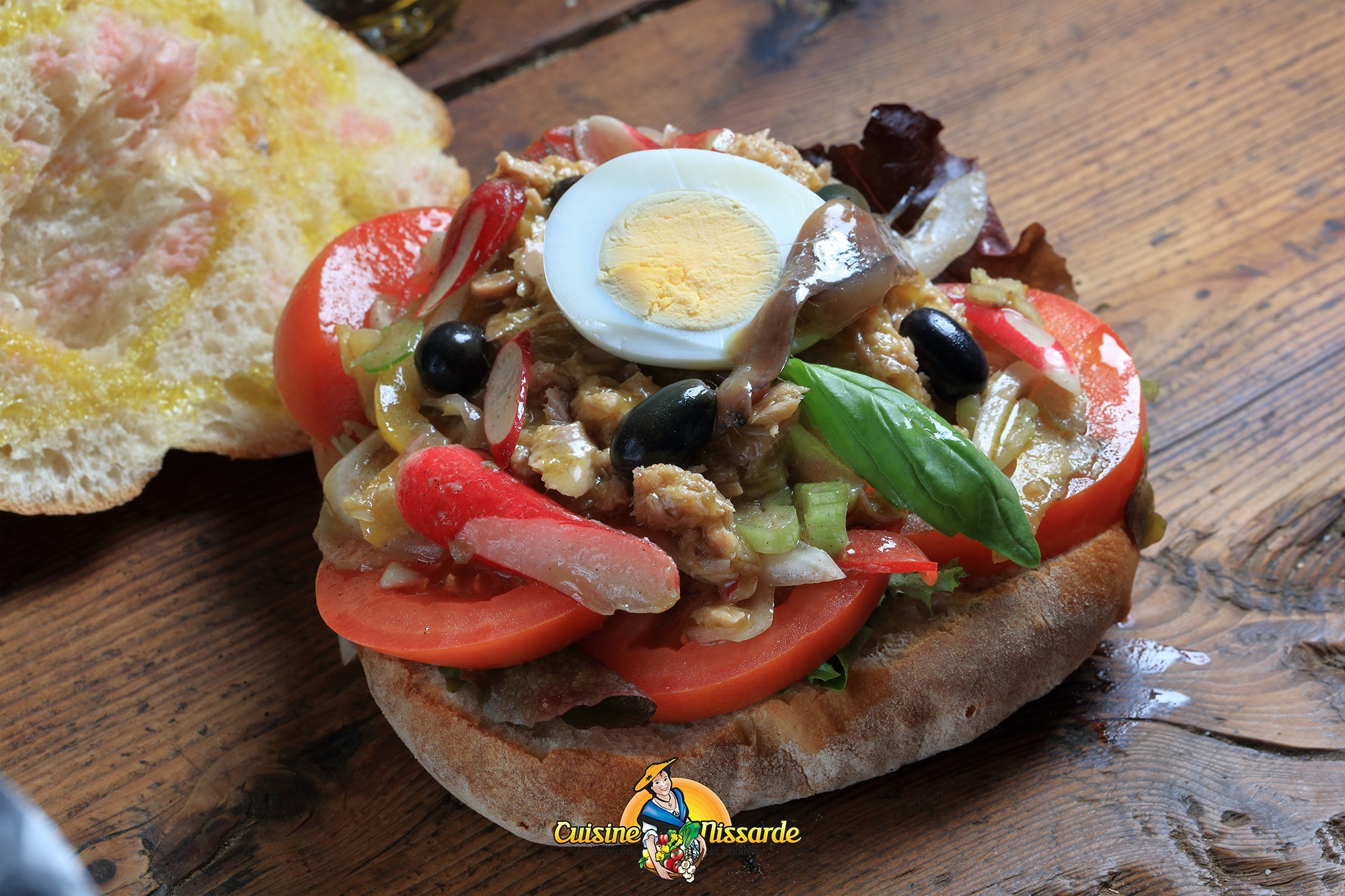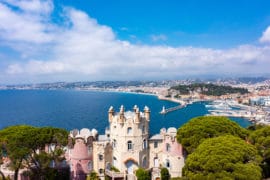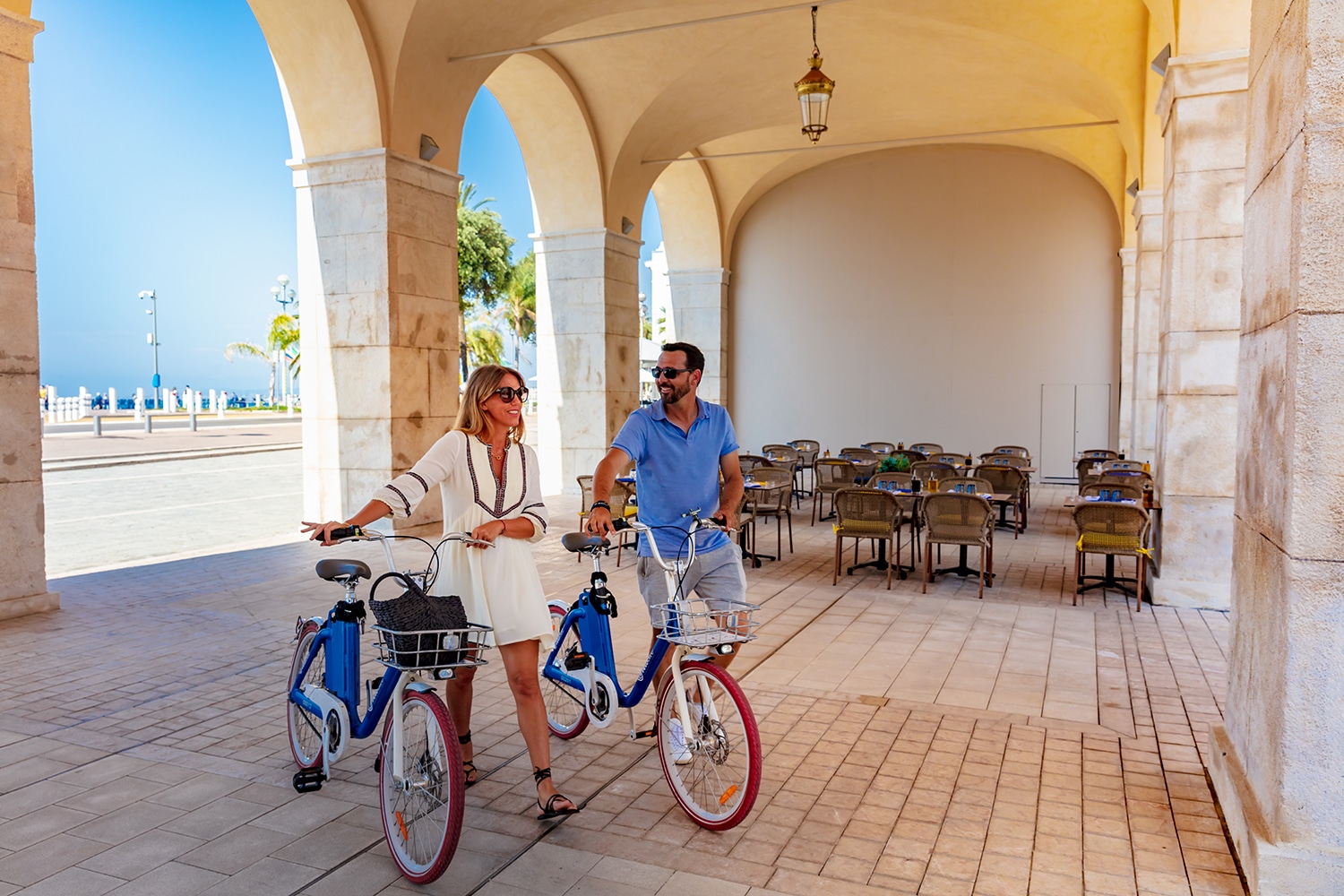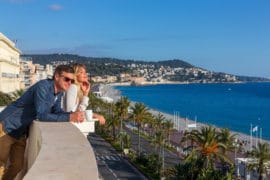The street was named in recognition of the financial assistance from the French municipalities that responded to the poignant appeal by letter from the village Mayor following the fire that destroyed a large part of the village, leaving 400 people homeless.
Fires were frequent in the village. Heating and cooking were done with wood stoves, and the houses' entire roof frames were covered with larch shingles. The fire affected 95 buildings or houses, 80 of which were completely destroyed. This represented 140 homeowners, most of whom were uninsured, and 400 people homeless out of a village population of approximately 1,500.
The attics were connected because the houses were tightly packed together. There were no firefighters: neither volunteers nor skilled tradesmen, of course. Just a hand pump on a cart operated by the villagers. The Rue des Communes de France, newly opened in the 1930s, allowed the reconfiguration of part of the village since new roads, much wider (9 meters compared to 3 meters in the old streets) and suitable for the passage of motorized vehicles (this one and the Boulevard d'Auron) were created and the direction of traffic was strongly impacted.
Pricing
Free access.
Opening periods
All year round, daily.

